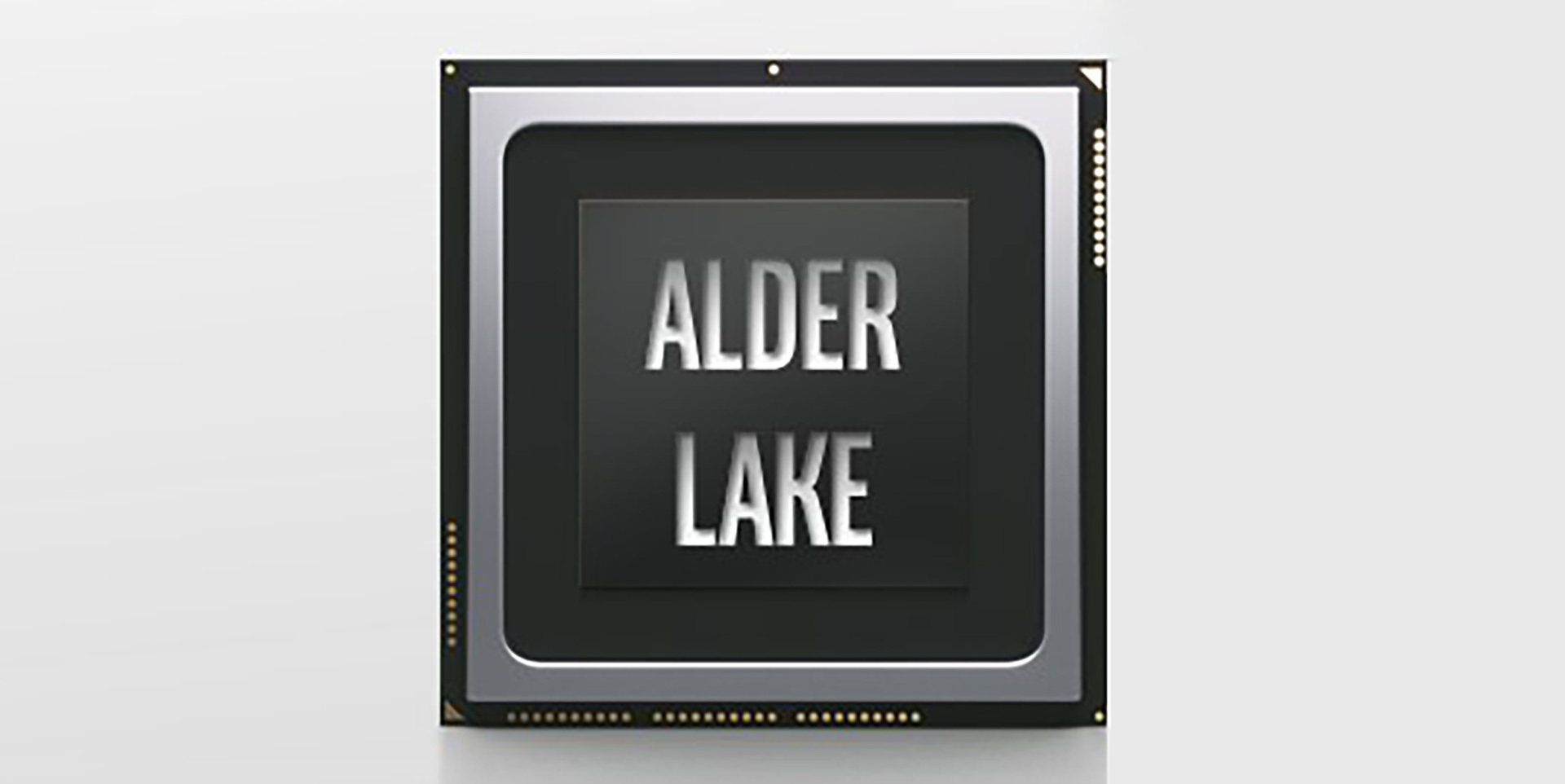Intel's next-gen 16-core/32-thread Alder Lake chip appears online
Alder Lake represents Intel's most significant desktop CPU overhaul in a decade.

Alder Lake is a departure from the expected for Intel, and we're still not entirely sure what its hybrid approach will mean for desktop CPU performance or gaming. But today we're at least that little bit closer to finding out, as Alder Lake has appeared on a benchmarking database ahead of its debut next year.
An Alder Lake S chip has been spotted on the famously leaky SiSoft Sandra benchmarking database by the eagle-eyed TUM_APISAK over on Twitter. The listing describes a 16-core Alder Lake desktop chip with multiple threads per core, bringing the thread total up to 32, and accompanied by 30MB of L3 cache and 10x 1.25MB L2.
Intel AlderLake-S ADP-S DRR4 CRBGenuine Intel(R) 0000 @ 1.40GHz (16C 32T 1.38GHz, 10x 1.25MB L2, 30MB L3)https://t.co/bNosaT4eNG pic.twitter.com/KgPOolRRQSOctober 6, 2020
Alder Lake is likely to be comprised of eight Golden Cove cores (big ones) and eight Gracemont cores (little ones) in its largest configuration. It's this hybrid architecture that differentiates it from today's Comet Lake 10th Gen, which is made up of just one Skylake-derivative architecture.
The benefits to such a configuration are not yet clear for desktop, although it will make for a far more efficient processor, and one sure to offer a more favorable performance per watt metric than those around today.
As for memory, Alder Lake S was suspected of being the first to arrive with support for DDR5 memory, the likes of which SK Hynix just today announced was ready to go. The listing on SiSoft Sandra, however, shows only support for 'DRR4', which is sure to be a typo or some other misreporting error. It looks like we'll have to wait a little longer for confirmation of DDR5's debut.

Best CPU for gaming: the top chips from Intel and AMD
Best graphics card: your perfect pixel-pusher awaits
Best SSD for gaming: get into the game ahead of the rest
Onboard graphics are reported as your standard Intel UHD Graphics fare, so no real confirmation of the GPU loadout either way. Below that there's also a reference to 'Alderlake-S Mobile Graphics', which is a little off-putting considering codenames suffixed by -S usually denote desktop chips, while H-series or U-series chips are more often found in the mobile space.
The use of the Sabrent Rocket 4.0 NVMe SSD drive does at least allude to PCIe 4.0 compatibility with Alder Lake, which would see Intel gain level-footing with AMD Ryzen in the platform bandwidth department. It has also been rumored that PCIe 5.0 support would be introduced with Alder Lake, so perhaps even this more-than-capable drive is on the slow side for the new platform.
The biggest gaming news, reviews and hardware deals
Keep up to date with the most important stories and the best deals, as picked by the PC Gamer team.
There are many questions regarding Alder Lake, and none more pressing for us here at PC Gamer than how it performs in games. We're still no closer to finding that out—we don't even know if Intel intends to totally replace its desktop lineup with its new hybrid solution.
We won't be waiting for answers too much longer, at least. Alder Lake is set for release in 2021.

Jacob earned his first byline writing for his own tech blog. From there, he graduated to professionally breaking things as hardware writer at PCGamesN, and would go on to run the team as hardware editor. He joined PC Gamer's top staff as senior hardware editor before becoming managing editor of the hardware team, and you'll now find him reporting on the latest developments in the technology and gaming industries and testing the newest PC components.

